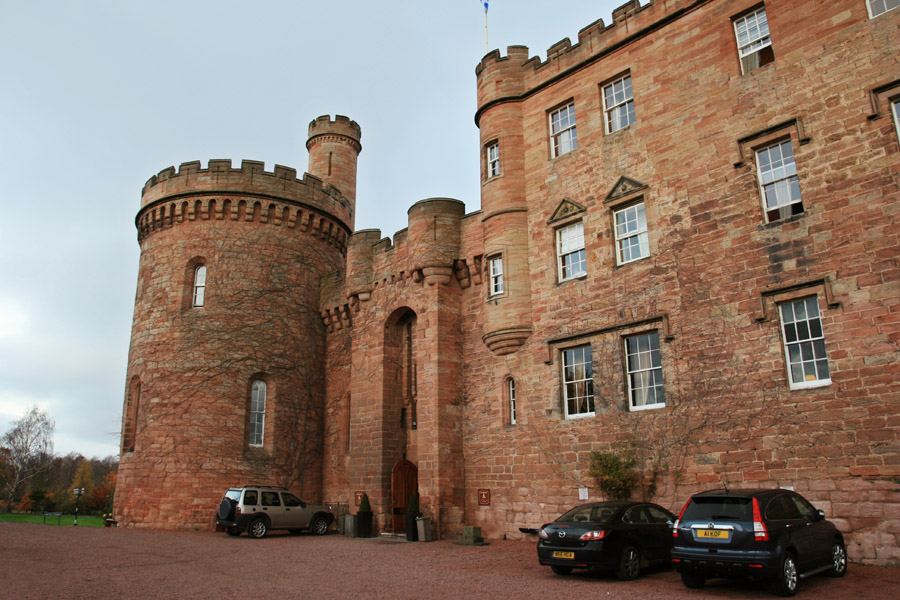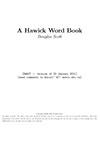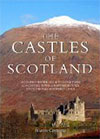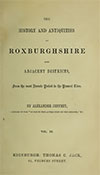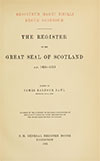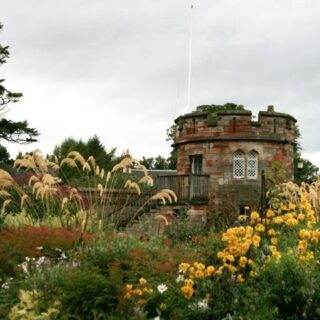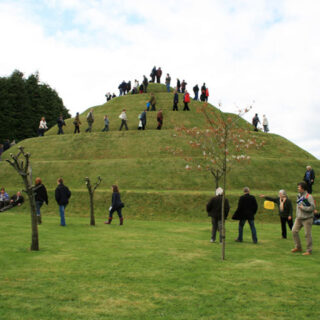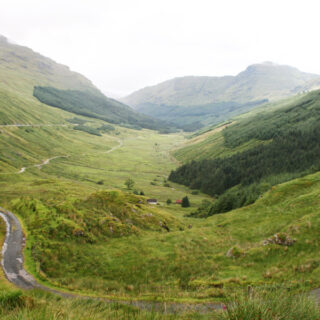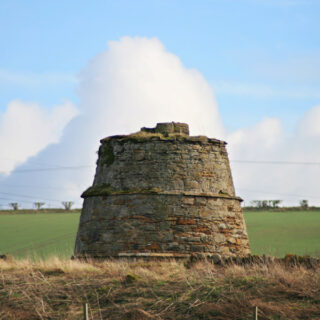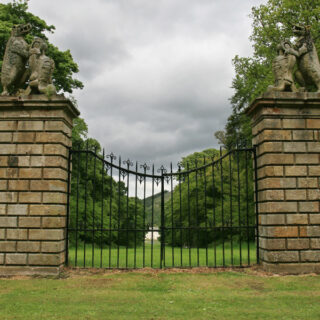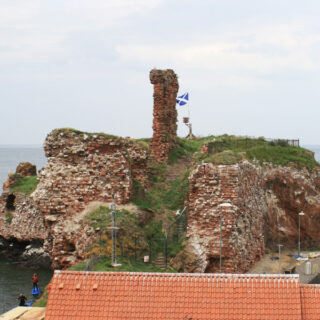Caverton
There was a tower at Caverton latterly belonging to the Ker family although nothing of it now remains.
In the 12th century the barony of Caverton was held by the Soules family, however following a plot in 1320 to kill Robert the Bruce and replace him as King with William de Soules, Lord of Liddesdale, Caverton was forfeited.
In 1326 the King gave £2000 Sterling for the rebuilding of Melrose Abbey following its destruction by the English in 1322. The money was primarily raised from the baronies of Cessford and Eckford which Sir Roger de Mowbray had forfeited, and the lands of Nisbet, Longnewton, Maxton and Caverton which William, Lord Soules, had forfeited.
By 1473 the barony of Caverton had been acquired by Kers of Cessford. In April 1474 Andrew Ker of Cessford and Auldtounburn resigned various lands into the hands of the young James III, including the lands known as Huntterisland in the lordship of Cavertoune, and they were re-granted to Andrew’s son and heir, Walter Ker of Caverton. Walter was married to Isabel Hay, daughter of Sir John Hay of Yester.
Andrew was dead by August 1484 and in 1488 Walter received a new grant of the barony and castle of Roxburgh from James IV.
There was a small chapel to the east of the town of Caverton and towards the end of the 15th century Walter burdened the lands of Caverton with an annual payment of ten pounds to the chaplain. He also granted to the chapel two cottages near the orchard, two acres of land with crums, meadow, and four soums, with a manse and yard.
Walter’s eldest son, Sir Robert Ker of Caverton, younger of Cessford, predeceased him in November 1500. Walter received confirmations of the charters of Caverton and Auld Roxburgh in 1500 but died in November 1501.
Walter was succeeded by his grandson, Sir Andrew Ker of Cessford. Sir Andrew’s mother was Christian Rutherford, daughter of James Rutherford of Rutherford.
Sir Andrew married Agnes Crichton, daughter of Sir Patrick Crichton of Cranstoun Riddell, in 1509 or 1510. He survived the Battle of Flodden in 1513 however he was killed at the Battle of Darnick, also known as the Battle of Melrose, on the 29th of July 1526. Sir Andrew’s death led to a long-running feud between the Kers and the Scotts of Branxholme and Buccleuch which was later immortalised in Sir Walter Scott’s poem “The Lay of the Last Minstrel”.
Sir Andrew was succeeded by his eldest son, Sir Walter, who, despite the feud with the Scotts, seems to have gained Royal favour. In September 1542 James V granted to him for good service the free barony of Primside with the Chapelwallis of Primside as its principal messuage, incorporating various lands including the lands of Primside, the lands of Rutherfurdis-landis in Cavertoun, the lands of Fothringhame, the 20 pound lands of old extent of Hunnum and the 20 merk lands of Smalhame which Walter had resigned.
On the same day the King confirmed a new grant to Sir Walter of the lands and barony of Cesfurd with its castle and annexes, namely a husband land in Cavertoun, called Huntliis-landis, the lands and barony of Auld-Roxburgh with the castle, and the lands of Auldtounburne, which Walter had resigned and were incorporated into the free barony of Cesfurd.
In 1554 Sir Walter resigned the lands and barony of Cesfuirde with its castle and annexes and they were granted to his son and heir apparent, Andrew Ker, by the infant Mary Queen of Scots. Andrew later died, as did his brother, Thomas Ker. Walter’s third and eldest surviving son, William, became heir and in March 1574 William resigned the barony of Cesfuird, including the husband land in Cavertoun known as Huntleislandis, in favour of his own son, Robert Ker, although Sir Walter was still alive. On the same day Robert also received a grant including the 20 merk lands of Cavertoun called Boydis-landis which William had also resigned.
Sir Walter is variously described as dying in 1581, 1584 or 1585 but is said to have signed the bond in 1582 which led to the Raid of Ruthven. In 1587 Sir Robert Ker married Margaret Maitland, daughter of William Maitland of Lethington and niece of the Chancellor, John Maitland of Thirlestane
William Ker died in 1600 and in the same year Sir Robert Ker of Cessford was created Lord Roxburghe. In 1616 Sir Robert was created Earl of Roxburghe and Lord Ker of Cessford and Caverton.
Caverton is still part of the Earldom of Roxburghe, and the Duke of Roxburghe also holds the subsidiary titles of Marquess of Bowmont and Cessford and Lord Ker of Cessford and Cavertoun.
I have placed the location of the tower at Caverton Mains pending further research.
Alternative names for Caverton
Cavertone; Cavertoun
